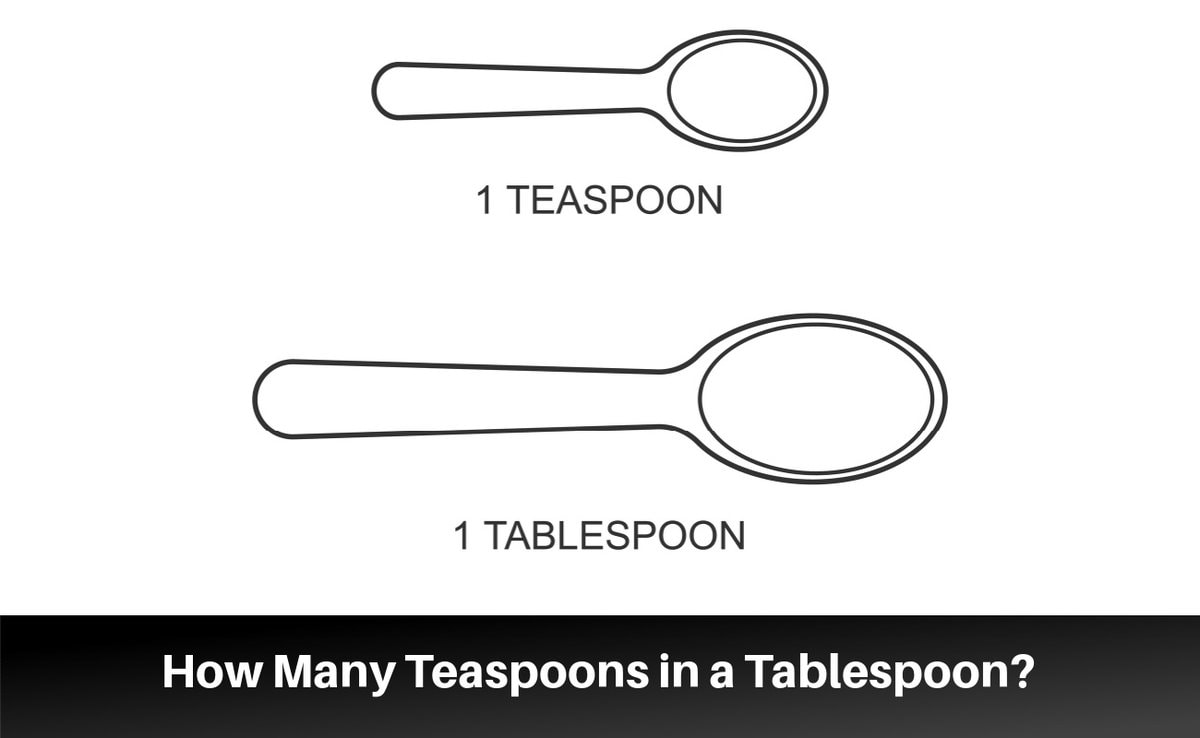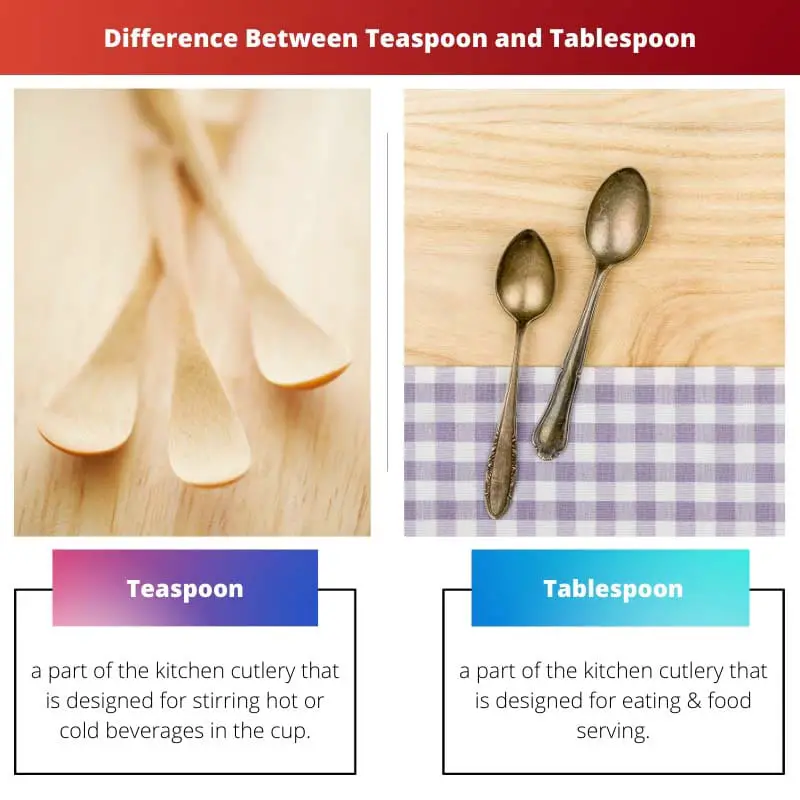Distinction between a tablespoon and teaspoon: Navigating the world of culinary measurements can really feel like a fancy equation, however understanding the elemental distinction between a tablespoon and a teaspoon is surprisingly simple. This concise information dives into the essential distinctions, revealing the refined however vital variations that affect your cooking outcomes.
Understanding the distinction between a tablespoon and a teaspoon is essential for correct measurements, particularly in cooking. Figuring out the exact quantity distinction empowers you to create scrumptious dishes. This information is akin to realizing the particular animal that begins with ‘N’, which incorporates many desirable creatures. For instance, the distinction between a tablespoon and a teaspoon is roughly equal to a few occasions the amount of a teaspoon.
Discovering animals that begin with the letter ‘N’ can also be a good way to develop your data and join with the pure world. animal for n letter In the end, mastering these elementary items of measurement is vital to culinary success.
A tablespoon, sometimes denoted as tbsp or T, holds a quantity considerably larger than a teaspoon (tsp or t). This distinction instantly impacts ingredient proportions, impacting all the things from the style to the feel of your closing dish. Understanding these items permits for exact management, avoiding over- or under-seasoning and guaranteeing constantly scrumptious outcomes. This information breaks down the important thing variations, offering clear examples and sensible functions.
Within the kitchen, understanding the distinction between a tablespoon and a teaspoon is essential for correct measurements. Whether or not you are baking a cake, cooking a stir-fry, or following a recipe, utilizing the correct measuring device ensures the specified final result. This text dives deep into the specifics, serving to you navigate the world of culinary measurements with confidence.
Defining the Models
Each tablespoons and teaspoons are items of quantity utilized in cooking and different functions. They’re standardized items, that means a tablespoon in a single nation will maintain the identical quantity as a tablespoon in one other. This standardization is crucial for constant ends in recipes and scientific experiments.
The Teaspoon: A Small however Mighty Measurement
A teaspoon is a smaller unit of quantity, sometimes used for smaller portions of substances. It is generally employed for spices, flavorings, and liquid condiments. Its exact quantity varies barely relying on the particular area, however the basic commonplace is well-defined.
The Tablespoon: A Bigger Serving for Bigger Components
A tablespoon, alternatively, is a bigger unit, very best for bigger portions of substances. That is helpful for fat, oils, and different substances requiring a larger quantity to attain the specified consistency or taste. Once more, the precise quantity is standardized, permitting for consistency throughout varied functions.
Sensible Purposes: Cooking and Past
Past the kitchen, understanding these measurements is beneficial in varied different contexts. For instance, in drugs, correct measurements of liquids are vital for dosage accuracy. In scientific experiments, exact measurements of substances are elementary for acquiring dependable outcomes.
Measuring Liquids
When measuring liquids, it is essential to make use of the suitable measuring device. A teaspoon is good for small portions of liquid substances, whereas a tablespoon is extra appropriate for bigger volumes. Utilizing the proper device helps to make sure correct ends in your recipes.
Understanding the distinction between a tablespoon and a teaspoon is essential for correct measurements, particularly in cooking. Nevertheless, typically, even probably the most exact measurements cannot prevent from the crushing disappointment of “u misplaced the sport,” u lost the game. Figuring out the distinction between these two items is key for getting the specified outcomes, whatever the final result of any recreation.
So, keep in mind to at all times double-check your measurements.
Measuring Dry Components
For dry substances, the measurement can fluctuate barely relying on how the ingredient is packed. Nevertheless, utilizing the suitable measuring instruments helps make sure that you utilize the correct amount of the substances.
Historic Context and Evolution
The standardization of those items has developed over time, reflecting developments in measurement expertise and societal wants. Traditionally, the standardization of those items helped guarantee constant outcomes throughout varied contexts.
Early Measurement Methods
Early measurement techniques usually relied on much less exact strategies. The standardization of tablespoons and teaspoons marked a big shift in the direction of larger accuracy and consistency in measurements. This allowed for higher replication of ends in varied fields.
Understanding the distinction between a tablespoon and a teaspoon is essential for correct measurements in cooking. Nevertheless, typically, the idea of “breaking the ice” – a phrase usually utilized in social settings – may also be surprisingly tough to know. What does break the ice mean ? In the end, each these ideas, regardless of their obvious variations, spotlight the significance of exact communication and understanding in various contexts, similar to the cautious distinction between a tablespoon and a teaspoon.
Trendy Standardization, Distinction between a tablespoon and teaspoon
In the present day, these measurements are exactly outlined and constantly utilized worldwide, enabling correct replication and reliability throughout various contexts. This standardization is vital for consistency and accuracy.

Widespread Errors and Easy methods to Keep away from Them: Distinction Between A Tablespoon And Teaspoon
Regardless of the standardization, frequent errors persist when utilizing these items. One of the frequent errors is utilizing the improper measuring device. One other just isn’t understanding how the packing of dry substances can have an effect on the measurement. Understanding these potential points will help you keep away from inaccuracies.
Avoiding Measurement Errors
To keep away from errors, at all times use the proper measuring device for the suitable kind of ingredient. Make sure you perceive how packing density can have an effect on dry ingredient measurements. All the time double-check your measurements to make sure accuracy.
Suggestions for Correct Measurement
For correct measurements, at all times use a leveled measuring spoon. Be sure that the ingredient is neither packed too tightly nor too loosely. For dry substances, use a measuring cup or scoop and degree off the surplus. For liquids, make sure the measuring cup is positioned on a flat floor.
Visible Aids and Tables
[Image: Table comparing tablespoon and teaspoon sizes side-by-side][Image: Illustration of a tablespoon and teaspoon with volume measurements]
Understanding the refined distinction between a tablespoon and a teaspoon is essential for correct measurements, particularly in cooking. This seemingly easy distinction usually impacts the ultimate final result, very similar to the nuanced that means of a seven letter phrase starting with ‘s’ ( seven letter word beginning with s ) can dramatically shift the context of a dialog. In the end, realizing the exact quantity of every measurement ensures constant ends in your culinary endeavors.
Conclusion
Understanding the distinction between a tablespoon and a teaspoon is crucial for achievement within the kitchen and past. These standardized items permit for consistency and accuracy in varied functions. By understanding the rules and practising correct measurements, you may obtain desired outcomes and elevate your culinary and scientific endeavors.
Able to refine your culinary expertise? [See also: Mastering Kitchen Measurement Techniques]
Understanding the distinction between a tablespoon and a teaspoon is essential for correct measurements, particularly in cooking. Whereas seemingly trivial, this data turns into much more vital when you think about the cultural context of phrases like “drop it prefer it’s sizzling,” a phrase that carries a sure power and urgency. What does drop it like it’s hot mean in the end highlights the necessity for precision, simply as a tablespoon is considerably bigger than a teaspoon.
Figuring out these variations, you are higher outfitted to grasp culinary arts and grasp cultural nuances.
Acquired questions or insights? Share your ideas within the feedback beneath!

Share this text with fellow cooks and meals lovers!
In conclusion, mastering the distinction between a tablespoon and a teaspoon is a elementary talent for any aspiring prepare dinner or baker. By understanding these items, you acquire management over ingredient precision, resulting in extra constant and scrumptious outcomes. The data shared on this information is not going to solely enhance your culinary endeavors but in addition improve your total understanding of kitchen measurements.
This straightforward data can remodel your culinary journey.
Useful Solutions
What number of teaspoons are in a tablespoon?
There are three teaspoons in a single tablespoon.
What’s the typical quantity of a tablespoon?
A tablespoon sometimes holds roughly 15 milliliters (ml) or 3 teaspoons.
What’s the typical quantity of a teaspoon?
A teaspoon sometimes holds roughly 5 milliliters (ml).
When is it essential to make use of the proper measuring instruments?
Utilizing the proper measuring instruments is essential in baking and cooking recipes to make sure exact outcomes, constant style, and correct texture. Recipes are meticulously crafted, and the correct quantity of substances, whether or not in teaspoons or tablespoons, is crucial for desired outcomes.
Are there any cases the place the distinction just isn’t so vital?
Whereas exact measurements are important for a lot of recipes, some recipes could permit for slight variations in tablespoon or teaspoon quantities with out considerably altering the ultimate consequence. Nevertheless, for advanced recipes, exact measurements stay essential for attaining the specified final result.
